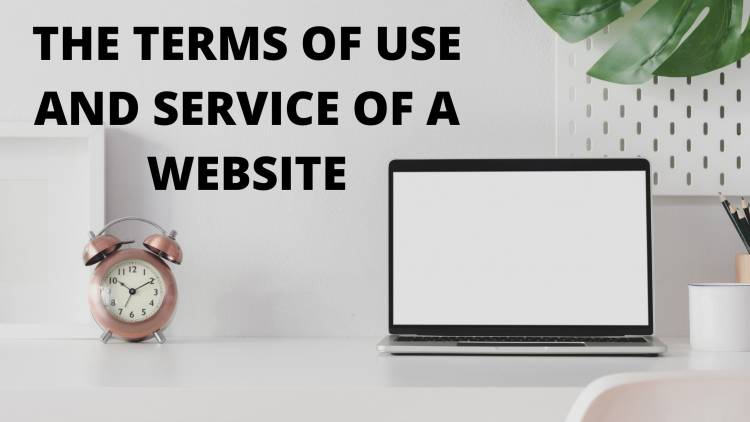Navigating Copyright Challenges in the Streaming Era: Key Legal Insights for Digital Aggregators
This blog examines the complex copyright issues facing streaming platforms and digital aggregators in light of the TuneIn ruling. It highlights how targeting, communication to the public, hyperlinking liability, and the GS Media presumption shape platform responsibility. With post-Brexit jurisprudence influencing UK law, the article outlines why robust licensing, compliance strategies, and operational clarity are essential for content aggregators in a rapidly evolving digital media landscape.

Introduction
In the evolving landscape of digital media and copyright law, the case of Warner Music UK Ltd and Sony Music Entertainment UK Ltd v TuneIn Inc, [2021] EWCA Civ 441, signifies a pivotal moment that could shape how streaming services operate in relation to copyright issues. Heard in the Court of Appeal (Civil Division) of England and Wales on March 26, 2021, this case illuminated the intricate dynamics of copyright infringement, especially concerning what constitutes a "communication to the public." This blog will delve into the details of the case, its implications on copyright law, and what it means for digital aggregators. TuneIn Inc, the appellant, operates a radio aggregation platform that allows users to access over 70,000 music stations from around the globe. Its model includes various features like aggregation, categorization, and monetization through advertisements. When users access the platform, they encounter UK-targeted content, despite many of the streams being sourced from foreign stations that may not hold the necessary licenses for UK rights clearance. Warner Music UK Ltd and Sony Music Entertainment UK Ltd (the respondents) alleged that TuneIn’s services constituted a breach of the Copyright, Designs and Patents Act 1988, specifically sections that address communication to the public and reproduction rights.
The central legal question was whether TuneIn’s aggregation of foreign radio streams targeted UK users to the extent that it constituted a new “communication to the public,” and whether they were liable for infringement.
The Court was tasked with addressing several critical issues:
· Targeting: Did TuneIn's platform and content effectively target UK users?
· Communication to the Public: Did TuneIn's service infringe on s.20 of the CDPA for both foreign and UK stations?
· GS Media BV v Sanoma Media Netherlands BV [EU:C:2016:644] (“GS Media”) Presumption: How does profit-making linking to unlawfully posted content factor into liability?
· Authorisation and Liability: Did TuneIn authorize the broadcasting of foreign stations, and could it be seen as a joint tortfeasor?
· Post-Brexit Jurisprudence: Should UK courts depart from the precedent established by the Court of Justice of the European Union (CJEU)?
To know more about this you can follow the link below:
The Court’s Findings
The Court of Appeal delivered a nuanced decision, allowing the appeal in one respect but upholding the infringement findings in others. Importantly, it found no s.20 infringement for Category 1 stations via TuneIn’s Pro app, yet upheld that Categories 2, 3, and 4 stations did infringe.
· Targeting Assessment: The Court concluded that TuneIn's user experience, which included UK-specific categories, geo-restricted partnerships, and localized advertising, was sufficient evidence of targeting UK users. Essentially, while TuneIn did not host audio files, it crafted its platform to direct foreign streams specifically to UK consumers, thus making its actions targeted.
· Communication to the Public: The Court emphasized that TuneIn's actions materially intervened in providing access to content that users would otherwise struggle to access. This was deemed as more than mere facilitation; it involved a curated and monetized presentation aimed squarely at UK users.
· GS Media Presumption: The findings reinforced the GS Media presumption, which implies that platforms that profit through linking to unlawfully posted content can be held liable. The Court assessed that TuneIn’s operations fell within this scope, particularly regarding certain foreign stations.
· Joint Tortfeasance: The Court held TuneIn liable for authorizing the broadcasting of content from foreign stations, permitting a finding of joint tortfeasance based on their monetization strategies.
· Post-Brexit Jurisprudence: Notably, the Court declined to diverge from CJEU case law after Brexit, citing the relevance of VG Bild-Kunst v Stiftung Preußischer Kulturbesitz [EU:C:2021:181] (“VG Bild”) as a persuasive authority on hyperlinking, framing, and consent limitations.
Implications of the Decision
The implications of this case are far-reaching and exemplify the challenges faced by digital service providers in navigating copyright law. Some of the notable outcomes include:
· Clarification on Targeting: The case sets a precedent that platforms explicitly targeting users in specific jurisdictions are liable under copyright laws, even if the content itself is technically legal in the country of origin.
· Reinforcement of the GS Media Presumption: This case underscores the need for platforms to be vigilant about how they present and monetize content from other sources, particularly when it could be interpreted as facilitating access to infringed material.
· Pricing and Licensing Models: With the decision affirming infringements based on targeted marketing strategies, music streaming platforms will need to re-evaluate their licensing agreements to ensure they remain compliant, especially when aggregating content from foreign sources.
· Impact on Digital Aggregators: Services like TuneIn will now have to put more thought into their operational strategies if they intend to avoid potential copyright pitfalls. This might include more robust partnerships with content providers and clearer legal frameworks that encapsulate their business models.
Conclusion
The case will undoubtedly affect the way digital aggregators navigate copyright law. By elucidating key aspects of targeting and communication to the public, the court has not only clarified existing legal doctrines but has also placed an emphasis on the responsibilities of platforms in the digital space. As the digital music landscape continues to evolve, it will be crucial for service providers to remain informed and compliant with these legal standards, ensuring they do not inadvertently infringe on copyright laws while promoting the music and artists they contribute to. As we move forward in this digital age, understanding these rulings and their implications will be crucial for anyone involved in content creation, distribution, and aggregation. The balance between fostering innovation in the digital marketplace and protecting the intellectual property rights of creators remains a critical concern that is likely to continue evolving in the years to come.












